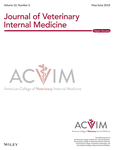
The article by Parker et al., published in the Journal of Veterinary Internal Medicine provides an overview of the development and use of different diagnostic methods to identify mycoplasma species relevant to cattle, with a particular focus on Mycoplasma bovis.
Alysia M. Parker, Paul A. Sheehy, Mark S. Hazelton, Katrina L. Bosward and John K. House
Abstract
Mycoplasma species have a global distribution causing serious diseases in cattle worldwide including mastitis, arthritis, pneumonia, otitis media and reproductive disorders. Mycoplasma species are typically highly contagious, are capable of causing severe disease, and are difficult infections to resolve requiring rapid and accurate diagnosis to prevent and control disease outbreaks. This review discusses the development and use of different diagnostic methods to identify Mycoplasma species relevant to cattle, with a particular focus on Mycoplasma bovis. Traditionally, the identification and diagnosis of mycoplasma has been performed via microbial culture. More recently, the use of polymerase chain reaction to detect Mycoplasma species from various bovine samples has increased. Polymerase chain reaction has a higher efficiency, specificity, and sensitivity for laboratory diagnosis when compared with conventional culture-based methods. Several tools are now available for typing Mycoplasma spp. isolates, allowing for genetic characterization in disease outbreak investigations. Serological diagnosis through the use of indirect ELISA allows the detection of antimycoplasma antibodies in sera and milk, with their use demonstrated on individual animal samples as well as BTM samples. While each testing method has strengths and limitations, their combined use provides complementary information, which when interpreted in conjunction with clinical signs and herd history, facilitates pathogen detection, and characterization of the disease status of cattle populations.
Full text: https://doi.org/10.1111/jvim.15135
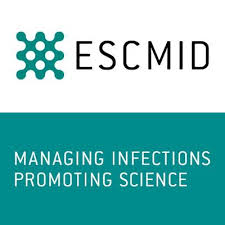

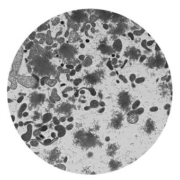
 Alysia Parker
Alysia Parker

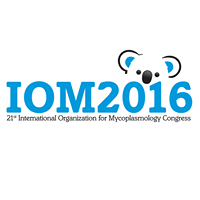

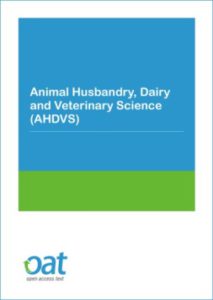 Some of the most important diseases of livestock are caused by mycoplasmas. The article by Nicholas et al., published in Animal Husbandry, Dairy and Veterinary Science provides a comprehensive overview of some of the important issues in animal mycoplasmology:
Some of the most important diseases of livestock are caused by mycoplasmas. The article by Nicholas et al., published in Animal Husbandry, Dairy and Veterinary Science provides a comprehensive overview of some of the important issues in animal mycoplasmology:
